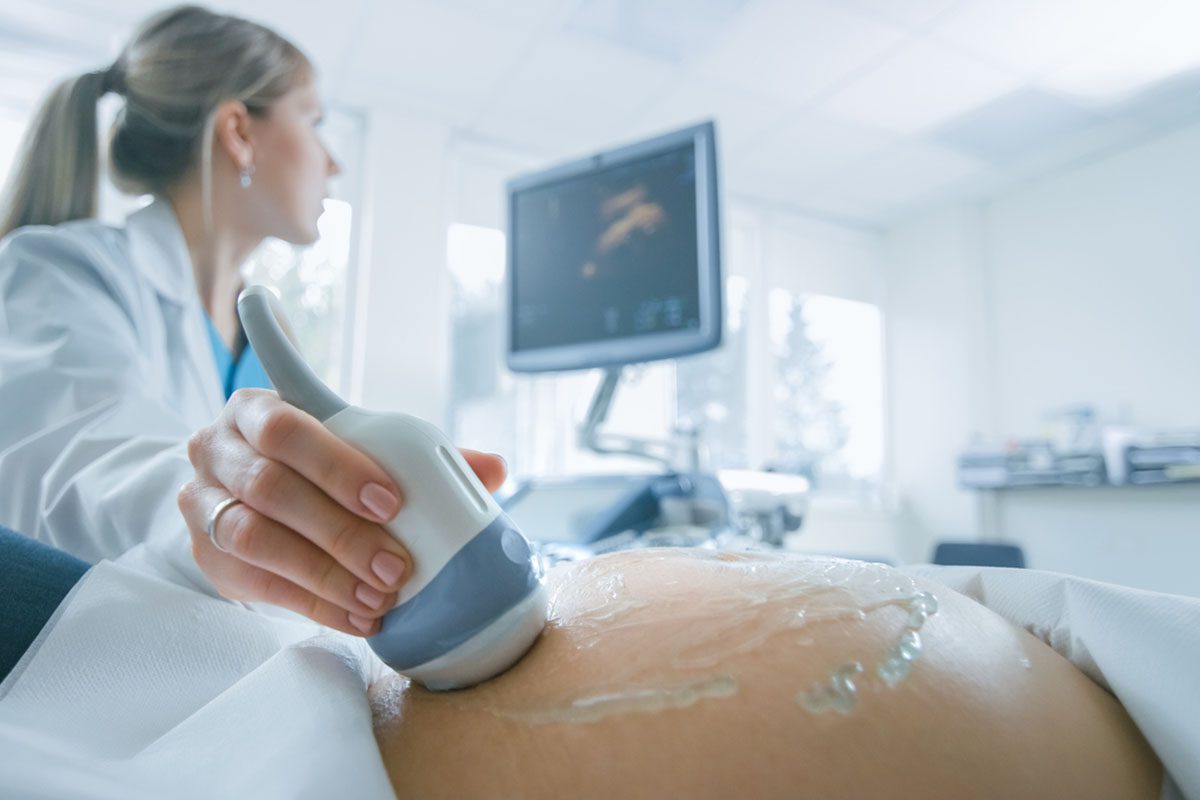J Clin Psychiatry 2021;82(6):21lr14069
To cite: di Giacomo E, Placenti V, Colmegna F, et al. Obsessive-compulsive disorder in pregnancy and postpartum: the possible etiologic role and implications of obsessive-compulsive personality disorder. J Clin Psychiatry. 2021;82(6):21lr14069.
To share: https://doi.org/10.4088/JCP.21lr14069
© Copyright 2021 Physicians Postgraduate Press, Inc.
aSchool of Medicine and Surgery, University of Milano-Bicocca, Monza, Italy
bPsychiatric Department, ASST Monza, Monza, Italy
*Corresponding author: Ester di Giacomo, MD, PhD, School of Medicine and Surgery, University of Milano-Bicocca, Via Cadore, 48-20900 Monza, Italy ([email protected]).
See reply by Fairbrother and Collardeau and article by Fairbrother et al
To the Editor: We read with interest a recent publication by Fairbrother and colleagues.1 The authors assessed the prevalence and incidence of maternal obsessive-compulsive disorder (OCD) between the third trimester of pregnancy and 6 months postpartum in 763 pregnant women. Weighted prenatal and postnatal prevalence of 7.8% and 16.9% was calculated. Point prevalence gradually increased over the course of pregnancy and postpartum, with a peak of 9% about 8 weeks postpartum.1 Previous data from the literature indicate a prevalence of around 2% during pregnancy and 2.38% in the postpartum vs 1% in the general female population.2
Several studies provide evidence supporting more frequent OCD symptoms in the perinatal period, but a clear analysis of risk factors and reasons is still lacking.2 Obsessive-compulsive personality disorder (OCPD) is among the risk factors for the development of OCD.3,4 OCPD is marked by an excessive obsession with rules, lists, schedules, and order; a need for perfectionism that interferes with efficiency and the ability to complete tasks; a devotion to productivity that hinders interpersonal relationships and leisure time; rigidity and zealousness on matters of morality and ethics; an inability to delegate responsibilities or work to others; restricted functioning in interpersonal relationships; restricted expression of emotion and affect; and a need for control over one’s environment and self.3 It has a prevalence of 2.1%–7.9% in the general population, with a peak of 8.7% in the clinical population.
We analyzed 215 pregnant women with the Structured Clinical Interview for DSM-5 Axis I and II Disorders. Thirty-one of them had OCPD (14.41%), while 3 showed the onset of OCD (1.4%). With regard to their reproductive health, women with OCPD showed more voluntary termination of pregnancy (16.1% vs 11.9%, P = NS); more complications during pregnancy, labor, and delivery (77.8% vs 12.5%, P < .0001), including emergency cesarean sections (19.4% vs 6.25%, P = NS); and used more contraceptive pills (61.3% vs 32.2%, P = .008).
A possible gap in the explanation of a high prevalence of OCD in the perinatal period might be accounted for by a significantly higher prevalence of acknowledged risk factors like OCPD.3,4 The extent of OCPD detected in our sample could justify epidemiologic data underlined by Fairbrother et al, while clinical implications highlighted in women affected by OCPD (eg, significantly higher prevalence of voluntary termination of pregnancy and complications during pregnancy and delivery) emphasize the need for early detection and treatment to prevent adverse outcomes in mother and child.
Published online: October 19, 2021.
Potential conflicts of interest: The authors have no conflict of interest to disclose.
Funding/support: None.
References (4)

- Fairbrother N, Collardeau F, Albert AYK, et al. High prevalence and incidence of obsessive-compulsive disorder among women across pregnancy and the postpartum. J Clin Psychiatry. 2021;82(2):20m13398. PubMed CrossRef
- Russell EJ, Fawcett JM, Mazmanian D. Risk of obsessive-compulsive disorder in pregnant and postpartum women: a meta-analysis. J Clin Psychiatry. 2013;74(4):377–385. PubMed CrossRef
- Gordon OM, Salkovskis PM, Oldfield VB, et al. The association between obsessive compulsive disorder and obsessive compulsive personality disorder: prevalence and clinical presentation. Br J Clin Psychol. 2013;52(3):300–315. PubMed CrossRef
- American Psychiatric Association. Diagnostic and Statistical Manual for Mental Disorders. Fifth Edition. American Psychiatric Association; 2013.
This PDF is free for all visitors!




